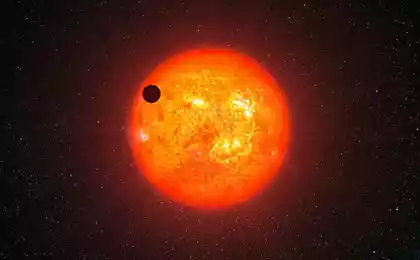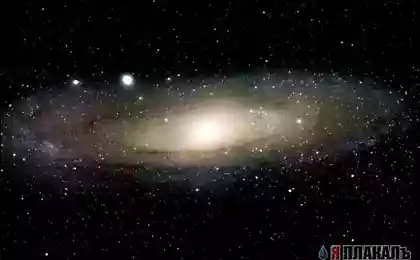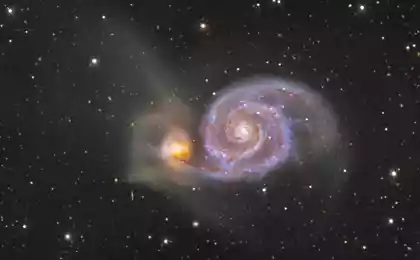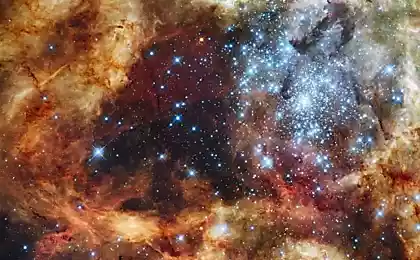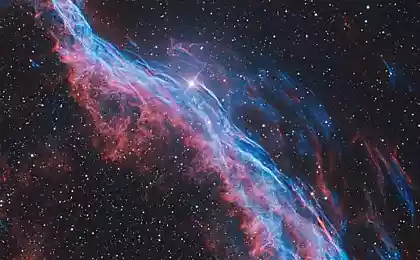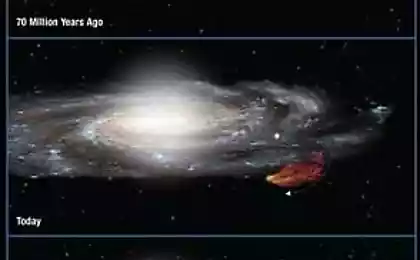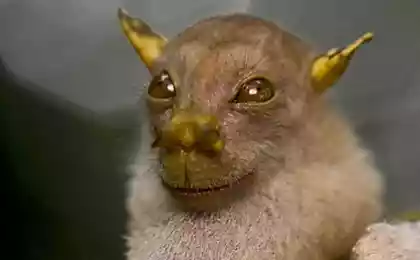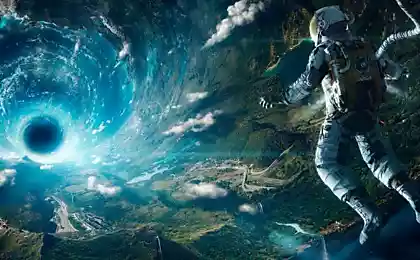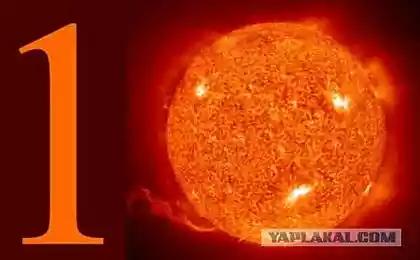1254
"Water World" is found at a distance of 40 light-years

The planet GJ 1214b was discovered in 2009 and was one of the first planets, where was found the atmosphere. In 2010, researchers were able to assess the atmosphere to discover that it was probably composed mostly of water.
Now, thanks to the study of the infrared spectra obtained with the Hubble Space Telescope, scientists believe the planet is even more unique, it represents a new class of planets: water under the thick atmosphere of steam.
«GJ 1214b is like no one of the planets that we know of," said Zachary Burt of the Harvard-Smithsonian Center for Astrophysics (CFA). "A large part of its mass is made up of water».
GJ 1214b is a super-Earth - it means that the planet is smaller than Uranus but larger than Earth. It is larger than the diameter of the Earth 2, 7 times, and weighs almost seven times as much. On the planet hot enough: it revolves around a red dwarf for 38 hours and is located at a distance of 2 million. Km away, scientists believe that the temperature at the surface reaches 230 degrees Celsius.
Bert and a team of international astronomers used the Hubble camera - Wide Field Camera 3 (WFC3) to study GJ 1214b, when she moved to its star. Starlight filtered through the planet's atmosphere, giving the key to the recognition of a mixture of gases.
Since the mass and size of planets known, astronomers calculated its density. About 2 grams per cubic centimeter. Water has a density of one gram per cubic centimeter, while the mean density of the earth is 5, five grams per cubic centimeter. This means that GJ 1214b provided on its surface is much more water than can be found in the world.
According to these data, scientists have concluded that the internal structure of GJ 1214b will be very different from our world.
"High temperature and high pressure can create exotic matter, such as" hot ice "or" superfluid water ', substances that are completely alien to our everyday experience, "- said Bert.
GJ 1214b is located in the constellation Ophiuchus, and is located at a distance of only 40 light years from Earth. Scientists say that the planet would be a prime candidate for study by the telescope James Webb Space, planned for launch at the end of this decade. Suddenly it looks like a planet from the movie "Waterworld" with Kevin Costner?
